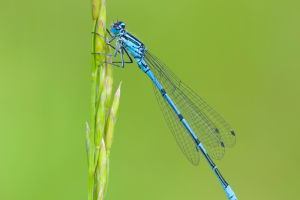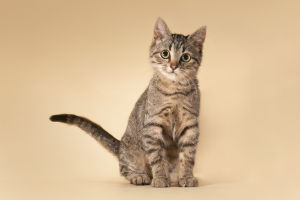Hello, Lykkers! Cats are fascinating creatures with a unique way of communicating. One of the most expressive parts of a cat is its tail. The various positions and movements of a cat's tail can reveal a wealth of information about its mood and intentions.
Let's explore the intriguing language of feline tails and what those swishes and twitches might mean!
The Tail Position: A Window to Emotions
A cat's tail can tell a story just by its position. For instance, a tail held high is a sign of confidence and contentment. It signifies that a cat is happy and comfortable in its environment.
Conversely, when a tail is lowered, it can indicate fear or submission. Cats may tuck their tails between their legs when feeling threatened, showcasing their desire to retreat. Observing these subtle differences can deepen understanding of a cat's emotional state.
The Flick and Twitch: Signals of Irritation
Have you noticed a cat flicking its tail back and forth? This quick, repetitive movement often indicates agitation or annoyance. It's a clear signal that the cat may need some space or that something is bothering it. Similarly, a slow twitch of the tail while watching something intently could indicate excitement or curiosity, especially when hunting or playing. Recognizing these signals can help in providing the right environment for a cat's comfort.
The Curl: Affection and Trust
When a cat wraps its tail around its body or another person, it conveys affection and trust. This position signifies that the cat feels safe and secure in its surroundings. It's a heartwarming gesture that strengthens the bond between the cat and its owner. Engaging with a cat during these moments can reinforce positive interactions and enhance the emotional connection.
The Quivering Tail: A Unique Expression
Occasionally, a cat's tail may quiver or shake, often when it is excited or about to pounce. This movement can also occur during moments of greeting, indicating that a cat is particularly pleased to see someone. It's a delightful display of enthusiasm that many cat owners cherish, as it shows the joy the cat feels in their presence.
Tail Language and Context: A Holistic Approach
Understanding cat tail language involves more than just observing the tail itself. Context plays a crucial role. For example, a cat with a high, twitching tail in a playful situation likely indicates excitement, while the same tail position during a confrontation may suggest confidence. Paying attention to body language, environment, and overall behavior allows for a more nuanced interpretation of a cat's emotions.
Building Stronger Connections
Learning to interpret a cat's tail language can enhance relationships with these beloved pets. By being attentive to their signals, owners can respond appropriately, whether that means providing comfort, giving space, or engaging in play. Fostering an environment of understanding leads to happier, healthier feline companions.
In conclusion, understanding a cat's tail language opens a window into its emotions and thoughts. Observing the positions and movements of a cat's tail offers valuable insights that enhance the bond between humans and their feline friends. Next time a cat flicks its tail or curls it around you, appreciate the unique message it conveys!
Cat Tail Language Explained: 10 Common Postures
Video by The Purring Journal


